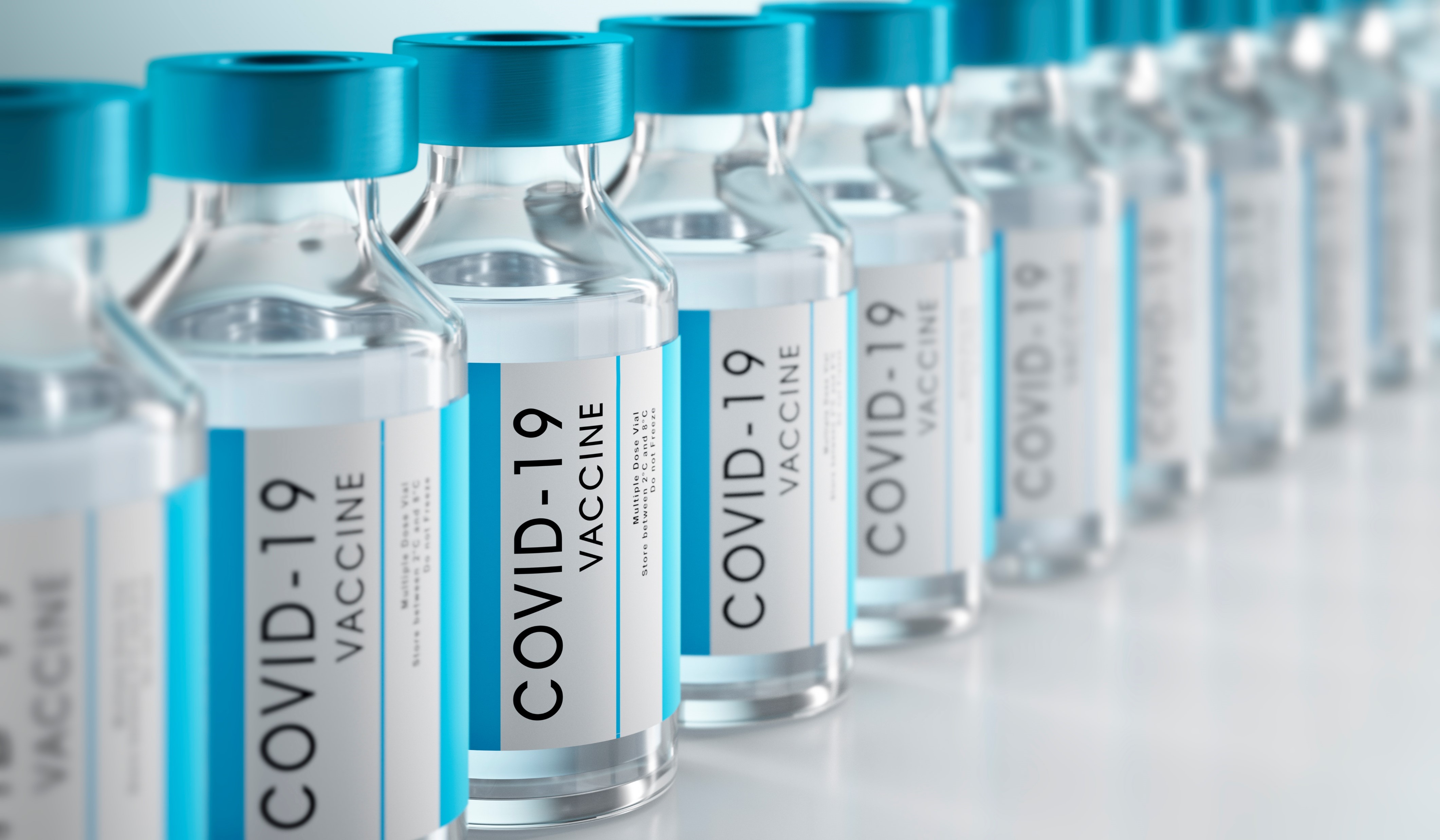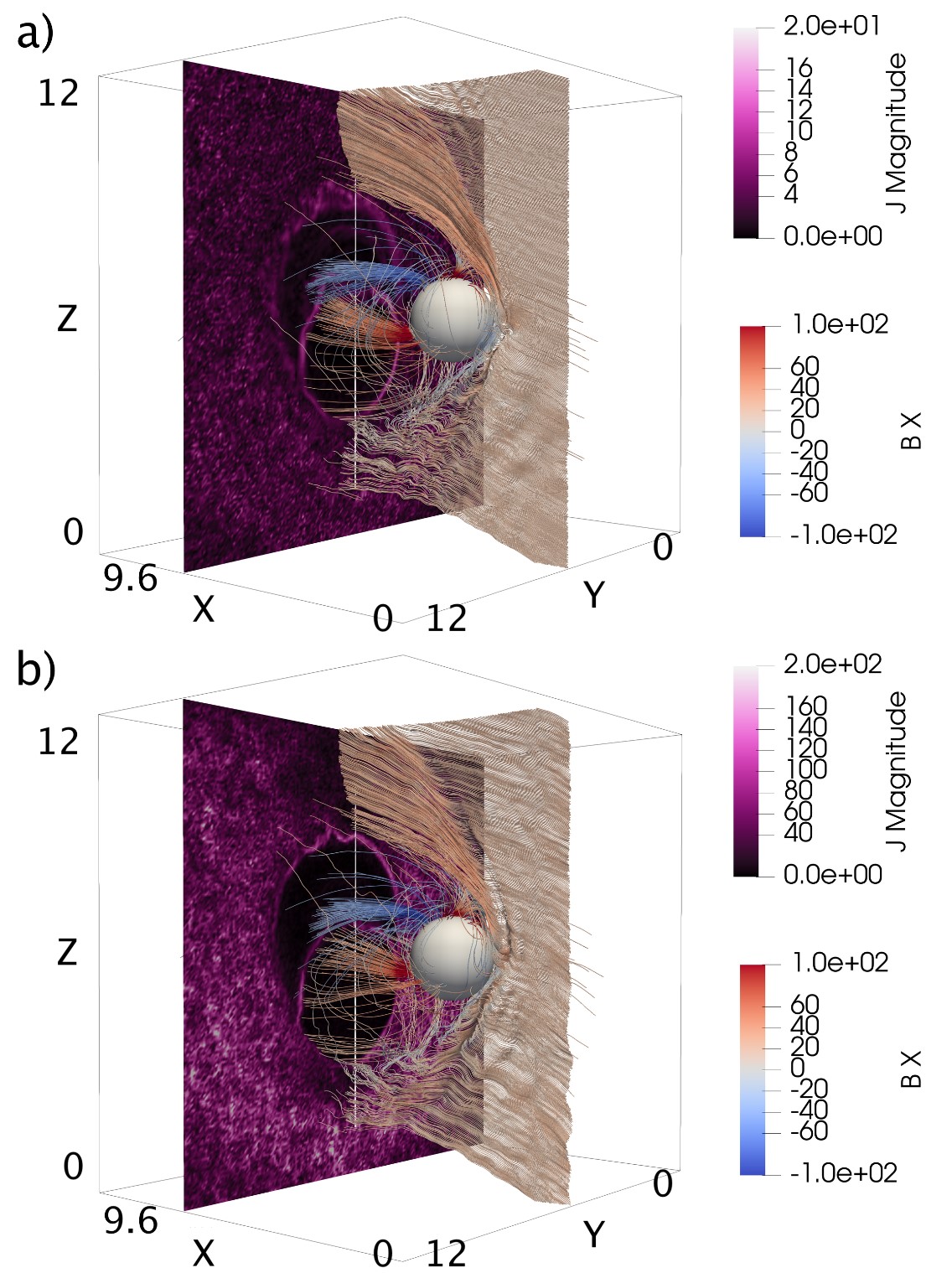Revolutionizing Great Barrier Reef Simulations with GPU Computing on LUMI

The Great Barrier Reef, a natural wonder teeming with biodiversity, faces unprecedented challenges. Innovative solutions are crucial for its preservation. Researchers at UCLouvain have harnessed the power of GPU computing on the LUMI supercomputer to transform ocean modelling and conservation strategies.
Prof. Emmanuel Hanert: “For the Great Barrier Reef, we use SLIM to simulate ocean currents and study reef connectivity —the exchange of living material between reefs. By modelling larval transport, we can determine how reefs are interconnected—identifying which reefs provide larvae to others. This insight is vital for conservation efforts, allowing us to prioritise protecting reefs essential for the resilience and regeneration of the entire ecosystem.”








